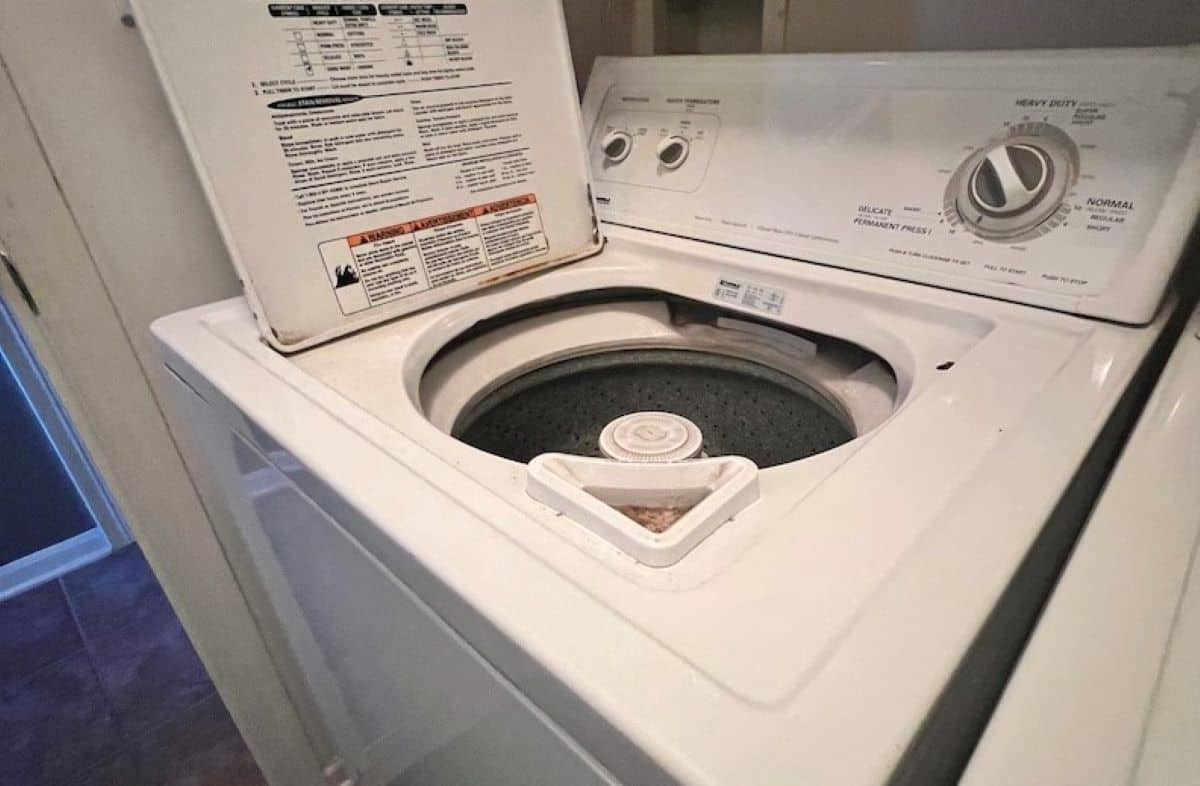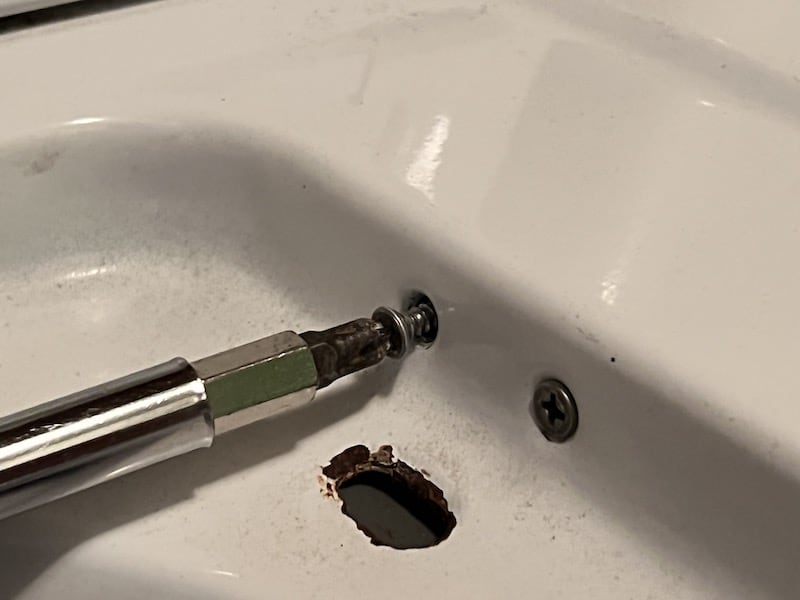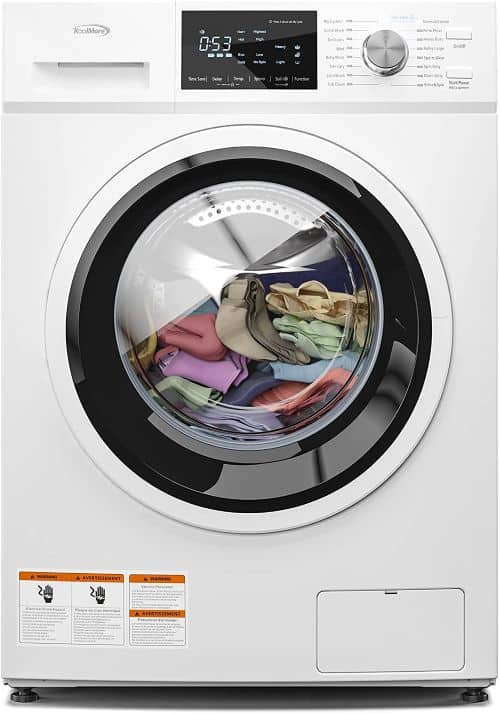
It’s not every day that an easy DIY washer repair saves big money. That’s why I want to tell you about my recent appliance win. Actually, it’s more like this: I want to BRAG about my easy DIY washer repair win.
Our dependable, venerable, 20-year-old Kenmore clothes washer suddenly quit mid-cycle. It threw a breaker in the process, leaving us with a tub full of water and soggy clothes.
Not a good thing.
I reset the breaker and my trusty washing machine fired back up. But I knew it wasn’t a good sign. Sure enough, once again in the middle of the wash cycle, she quit. This time it wasn’t the breaker.
And of course it was Saturday. Plus, I was getting on a plane to Europe the next day. Damn.
Easy DIY Washer Repair Continues…
I’m thinking it’s the motor or something expensive. Calling around to a few service companies reveals that a visit (not till Tuesday) will be several hundred dollars, plus parts. For a 20-year-old machine! Which means now my wife and I are thinking it might be wiser to replace the vintage unit.
So, we start shopping online, where we learn that a new no-frills washer like our beloved Kenmore is about $750. Damn again! But life is too short to sweat over busted appliances. We decide to bite the bullet and get one delivered.
But before clicking “buy,” it suddenly occurs to me that I should check YouTube for possible fixes. I’m handy (and cheap) enough to try most anything.
I type in “Kenmore/Whirlpool washer quit mid-cycle.”
Darned if a fellow named Scottthefixitguy didn’t have a video titled “Whirlpool Washer Won’t Drain or Spin—Fixed in under 10 minutes.”
I tune in, and right away I see that it’s the exact same washer we have, and he says it’s a real easy fix—“All we’re going to do is repair the lid switch by using a couple of zip ties.”
Forty-eight seconds into the 5:37 video he removes two Philips screws that hold the lid switch. I look at my machine and I have the same two screws. I grab my screwdriver and pop them out and remove the switch.
Now what?

The Key to the Washing Machine Repair
Back to the video, where Scott explains that the switch case falls apart when the glue holding together its two halves deteriorates. I go back to my switch and sure enough, the case is coming apart, which means when the lid closes and tries to push the switch, it doesn’t activate.
Scott’s suggested repair? Wrap a zip tie around the switch. Two if you want to really make it secure.
Less than ten minutes and one zip tie later and our washing machine is working like a champ. My wife thinks I’m a genius, and I just saved $750.
I celebrated by ordering an early birthday present for myself: a $1,200 guitar amp.




Leave a Reply